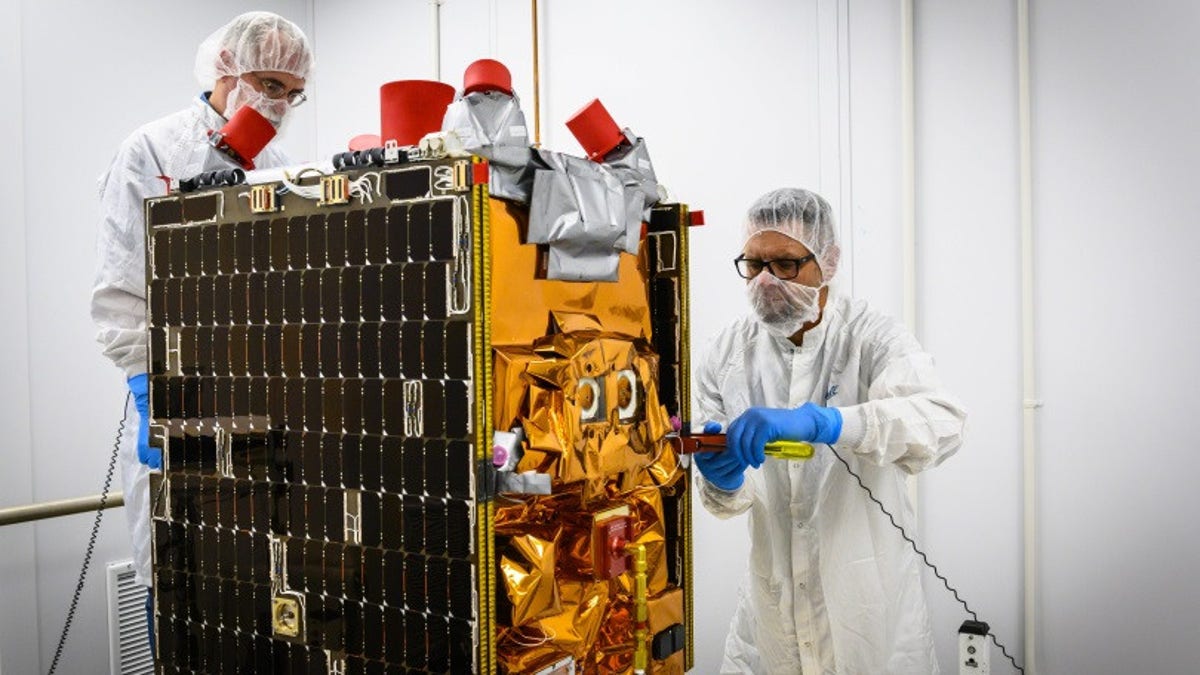
When the next SpaceX Falcon Heavy rocket lifts off from the Kennedy Space Center later this month, it will be carrying a spacecraft fuel that's safer for humans, but also much more powerful than the fuel it replaces. NASA calls it Green fuel, and it could be what gets us to Mars.
The STP-2 Mission scheduled to launch on June 24 will be the first to demonstrate the new Green fuel. It's the result of NASA's Green Propellant Infusion Mission (GPIM), which was tasked with creating an alternative to conventional chemical propulsion systems. In particular, NASA wanted to stop using hydrazine as it requires "protective suits, thick rubber gloves and oxygen tanks" when handling. The new fuel instead uses a hydroxyl ammonium nitrate fuel/oxidizer blend, known as AF-M315E. Once in space, NASA intends to demonstrate the Green fuel in action as it propels the GPIM test vehicle pictured above.
By removing hydrazine and using this new fuel, the safety risks fall away. It's therefore not only safer to work with, spacecraft can be fueled at the manufacturing stage saving time (from weeks to days) and therefore cost. As a final, and arguably most important bonus, Green fuel is much denser than the old hydrazine-dependent fuel. It offers nearly 50 percent better performance meaning spacecraft can travel further on the same amount, or require less fuel to travel the same distance as before.
Higher performing fuel isn't just good news for NASA and SpaceX, it opens the door for smaller spacecraft such as cube satellites to take advantage. NASA is also keen to point out the new Green fuel will help get humans back to the Moon by 2024 and in establishing a sustainable presence there by 2028. Eventually, it could play a key role in getting us to Mars.
More From PCmag
As for the STP-2 Mission, as well as demonstrating the new fuel for the first time, it will carry a range of technology and 24 satellites including DSX, COSMIC-2, OCULUS, OTB, NPSAT, PROX-1, and a number of Cubesats. You can learn more about each of them on the SpaceX STP-2 mission page.
This article originally appeared on PCMag.com.
